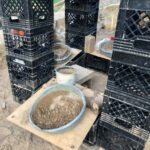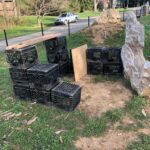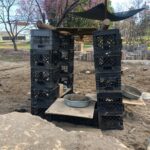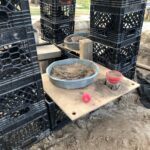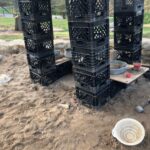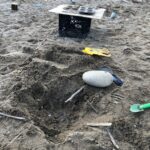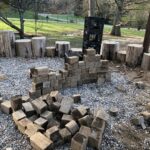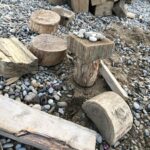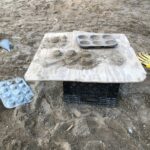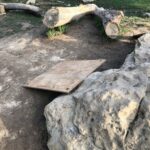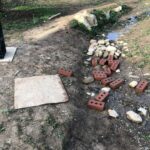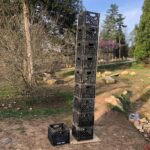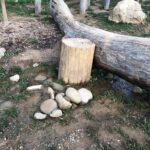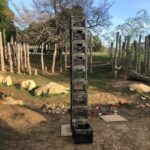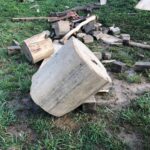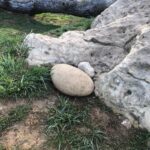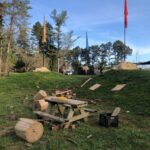 If you are an early childhood educator there is a good chance you have had some exposure to theories of child development that includes the work of Jean Piaget. Piaget was a Swiss psychologist interested in the intellectual development of children throughout their childhood and much of his focus was on how children develop through play. One aspect of his work was the idea of “schema play” which is helpful in understanding how children interact with their physical environment. He identifies and describes nine common types of schema play that are often identifiable while watching children play. But they are also evident in the clues left behind by children in the wake of their play. At Playcosystem we often take a walk around the play area and capture photographs of play evidence left behind from the day before.
If you are an early childhood educator there is a good chance you have had some exposure to theories of child development that includes the work of Jean Piaget. Piaget was a Swiss psychologist interested in the intellectual development of children throughout their childhood and much of his focus was on how children develop through play. One aspect of his work was the idea of “schema play” which is helpful in understanding how children interact with their physical environment. He identifies and describes nine common types of schema play that are often identifiable while watching children play. But they are also evident in the clues left behind by children in the wake of their play. At Playcosystem we often take a walk around the play area and capture photographs of play evidence left behind from the day before.
These are nine different types of Play Schema that Piaget described:
- Trajectory – children like to discover how things move – they poke, prod, toss, push, roll and cause objects to change location
- Transporting – surely you know a child that likes to fill his pockets with pebbles, seeds, and some bit of interesting detritus
- Positioning – children line things up, stack things, arrange objects into patterns
- Enveloping – children love to cover things up, wrap things, hide objects
- Rotating – that might include spinning on a rope swing, turning knobs, rolling logs down a hill
- Enclosing – did anyone say blanket fort, or maybe a hidden spot in a clump of bushes
- Connecting – want to see a child’s eyes light up? – hand them a roll of tape
- Transforming – ripping things up, pushing sand into piles, turning dirt into mud
- Orientation – getting into things, turning upside down, rolling down a hill
All of the following photographs were collected on one recent morning in Playcosystem. It looks like children must have been busy the day before. Look through these photos and see if you can discover evidence of any of the nine schema listed above. Become a play detective by looking for the evidence left behind by children engaged in play.


